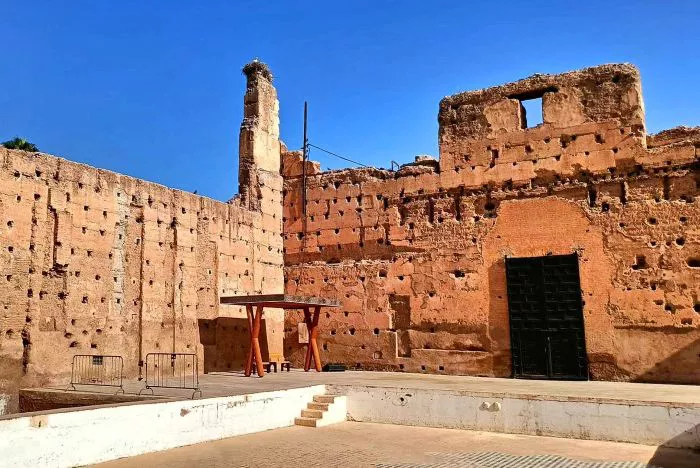Morocco emerges as North Africa’s crown jewel, where Atlantic breezes mingle with Saharan winds across a landscape dotted with imperial cities and cinematic landscapes. The Hassan II Mosque in Casablanca stands as an architectural marvel – its 210-meter minaret visible 30km at sea, while the cobalt-blue oasis of Majorelle Garden in Marrakech offers respite amidst the red-earth city. This nation of contrasts boasts four historic royal cities (Fez, Meknes, Rabat, and Marrakech), each distinguished by signature hues and UNESCO-listed medinas containing over 9,400 alleyways. Recent tourism data shows Morocco welcoming 14.5 million visitors in 2023, drawn by its unique fusion of Arab, Berber, and European influences.
Imperial Cities: Living Museums of Moroccan Heritage
The “Blue City” of Fez transports visitors to the 9th century within its intact medieval medina, where tanneries still use ancient methods to produce vibrant leather goods. Contrastingly, Meknes’ Roman ruins and monumental Bab Mansour gate showcase Morocco’s layered history. In Rabat, contemporary government buildings stand alongside 12th-century kasbahs, embodying Morocco’s harmonious blend of old and new. Marrakech’s Djemaa el-Fna square remains North Africa’s most dynamic public space, transitioning from daytime snake charmers to nighttime food stalls under UNESCO protection. “These cities aren’t just destinations; they’re time capsules of Moroccan civilization,” explains cultural guide Amina El Fassi, noting increased interest in heritage tourism since 2022’s record 52% growth in North American visitors.
Sahara Adventures and Strategic Gateways
Beyond urban wonders, Morocco’s diverse terrain offers unforgettable experiences. The Erg Chebbi dunes near Merzouga present 150-meter golden peaks best explored by camel at sunset, while coastal Tangier – Africa’s gateway to Europe – provides panoramic views where Mediterranean and Atlantic waters visibly collide. The natural “Africa Map” cave formation near Cape Spartel has become Instagram-famous, with geotagged posts increasing 300% since 2021. With improved air connectivity (47 international airports) and a 90-day visa-free policy for 70 nationalities, Morocco continues enhancing accessibility to its treasures. As tourism minister Fatim-Zahra Ammor notes, “We’re not just selling destinations, but crafting lifelong memories through authentic encounters with Morocco’s living culture.”
Related Topic:
- “Cultural and Natural Heritage Day” Ignites Traditional Culture Craze
- Cover-More Travel Insurance Wins Big at 2025 WeMoney Travel Awards
- TTC Plans Major Investment to Strengthen Tour and Cruise Brands Worldwide

